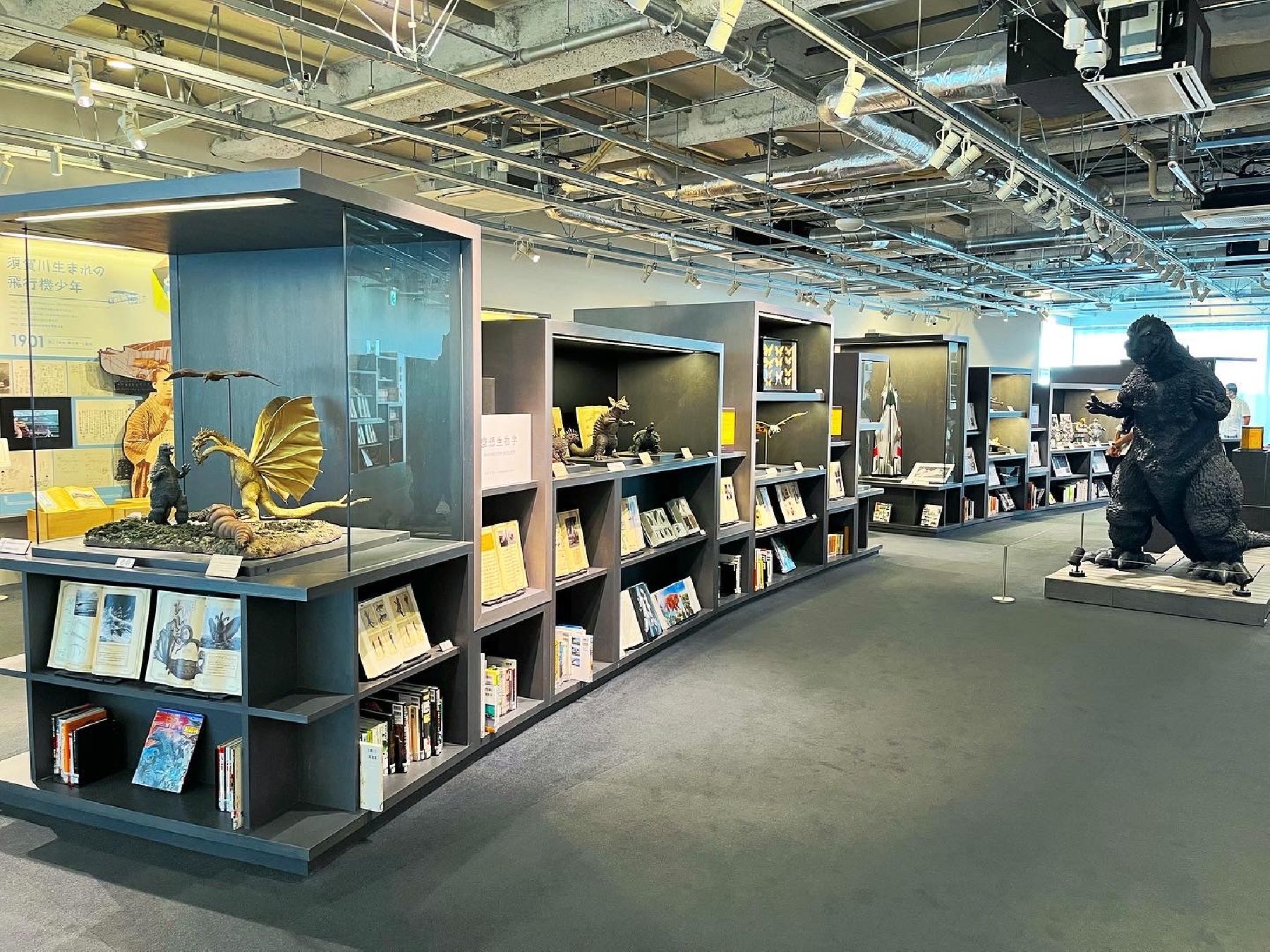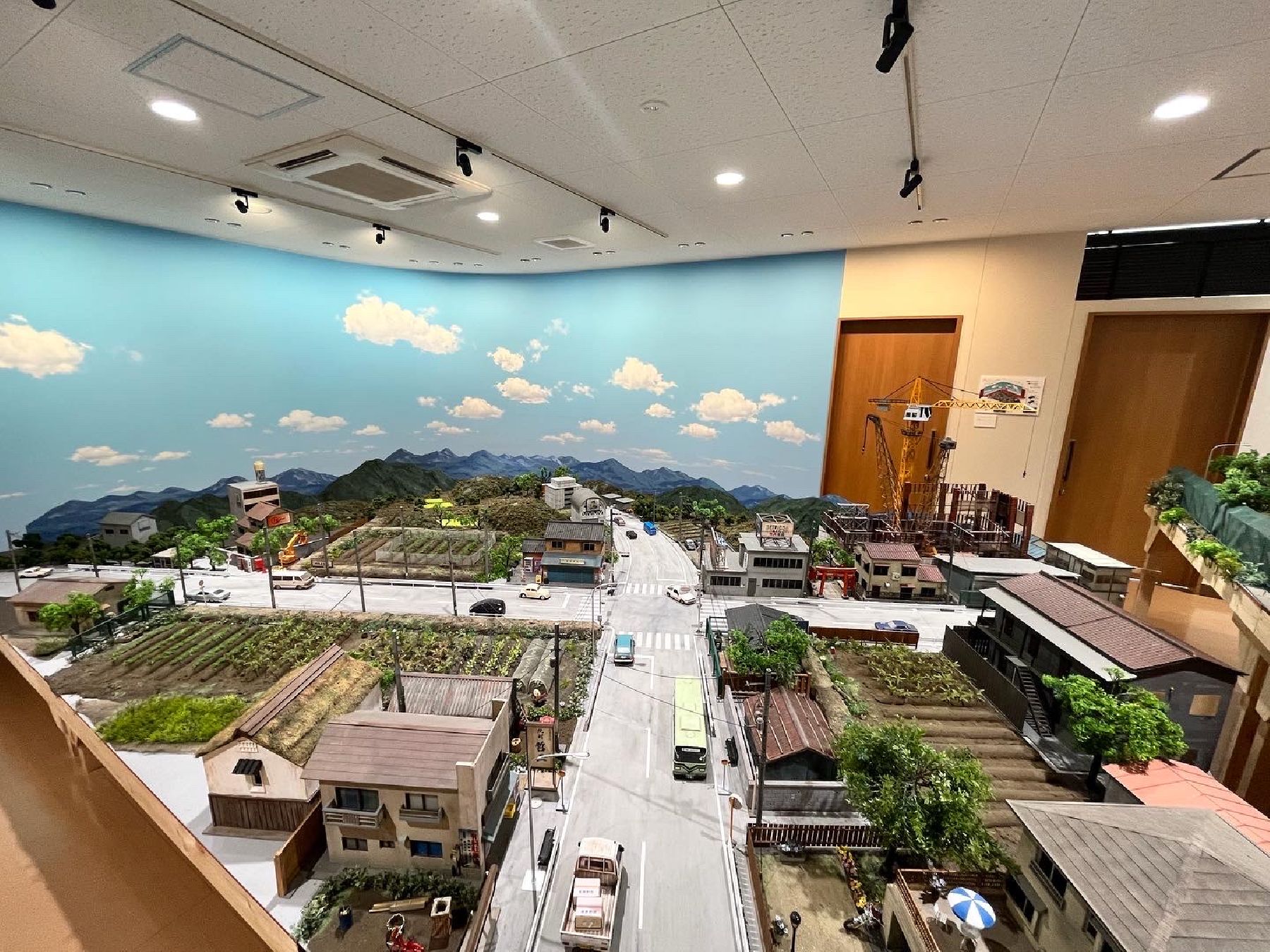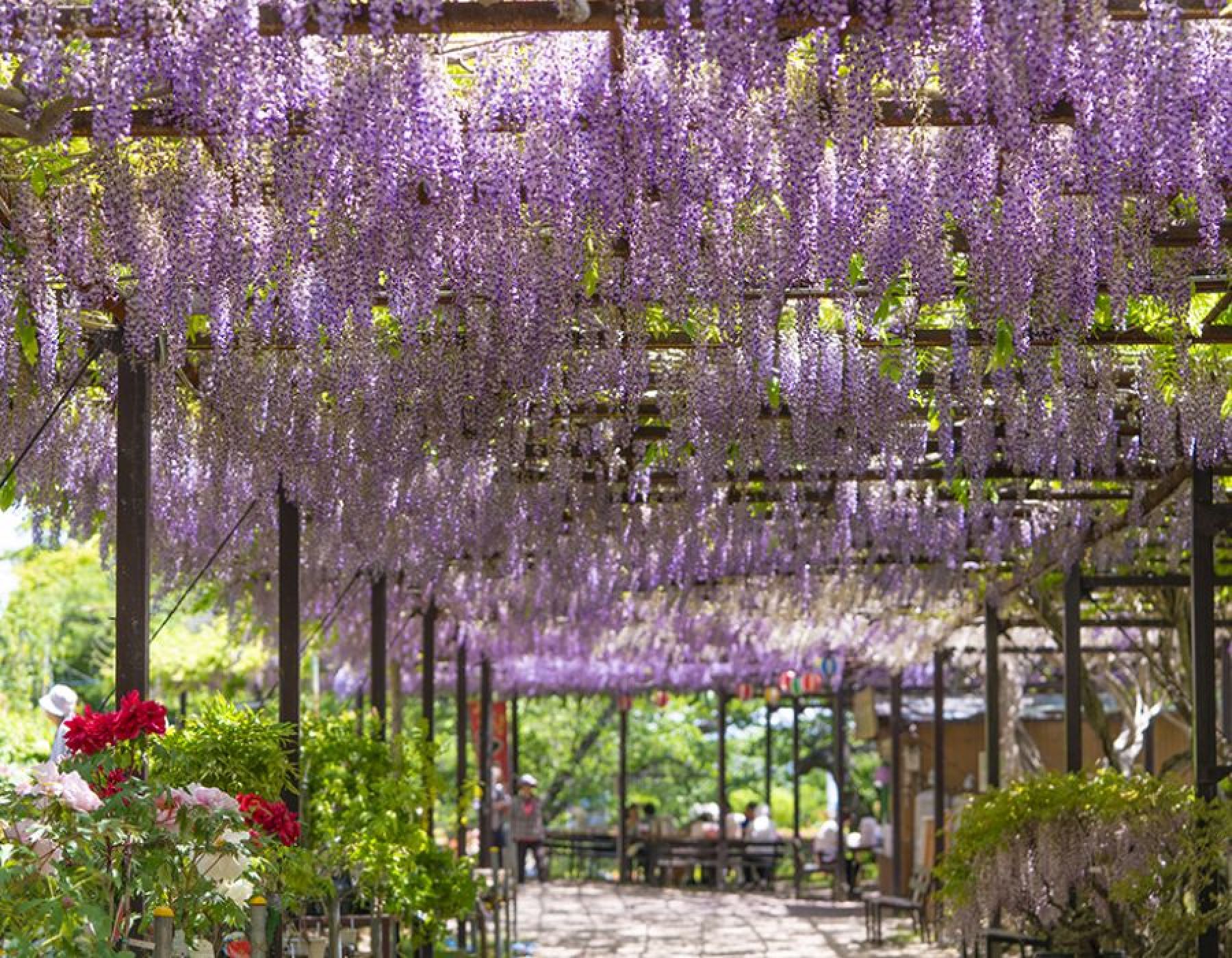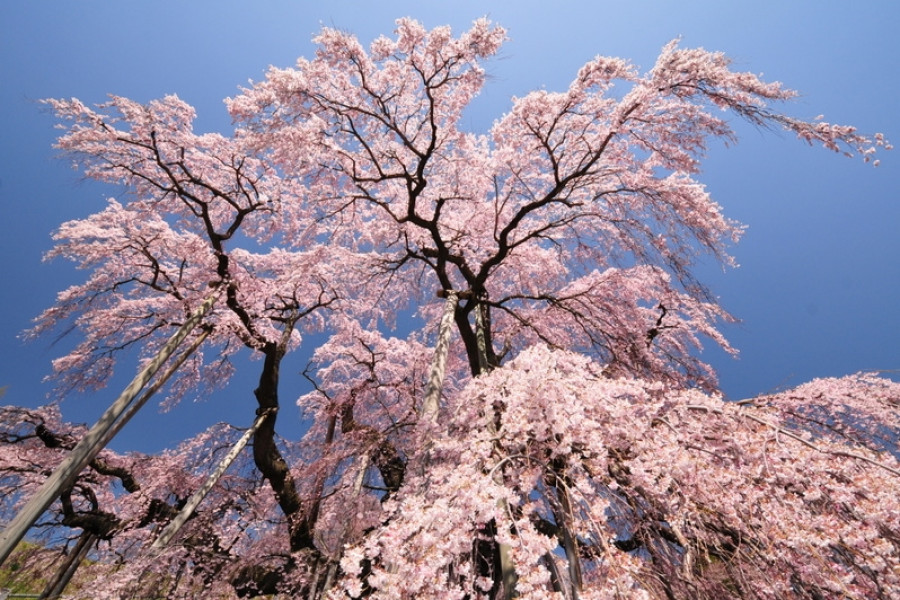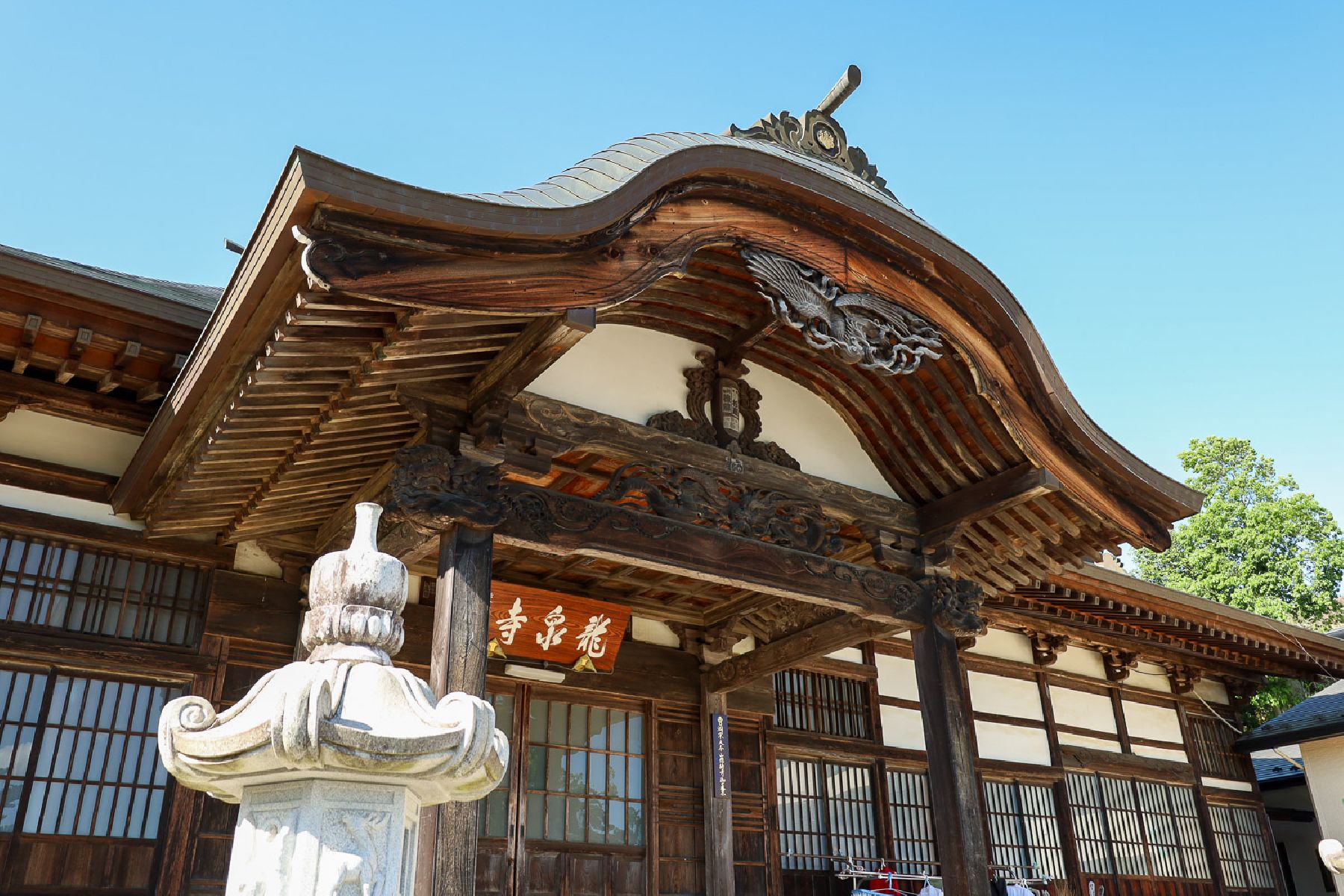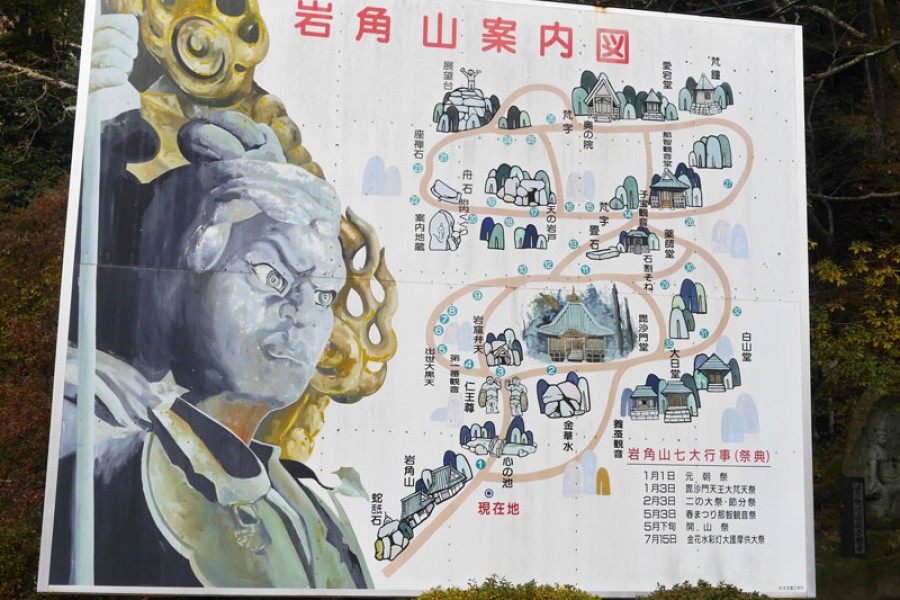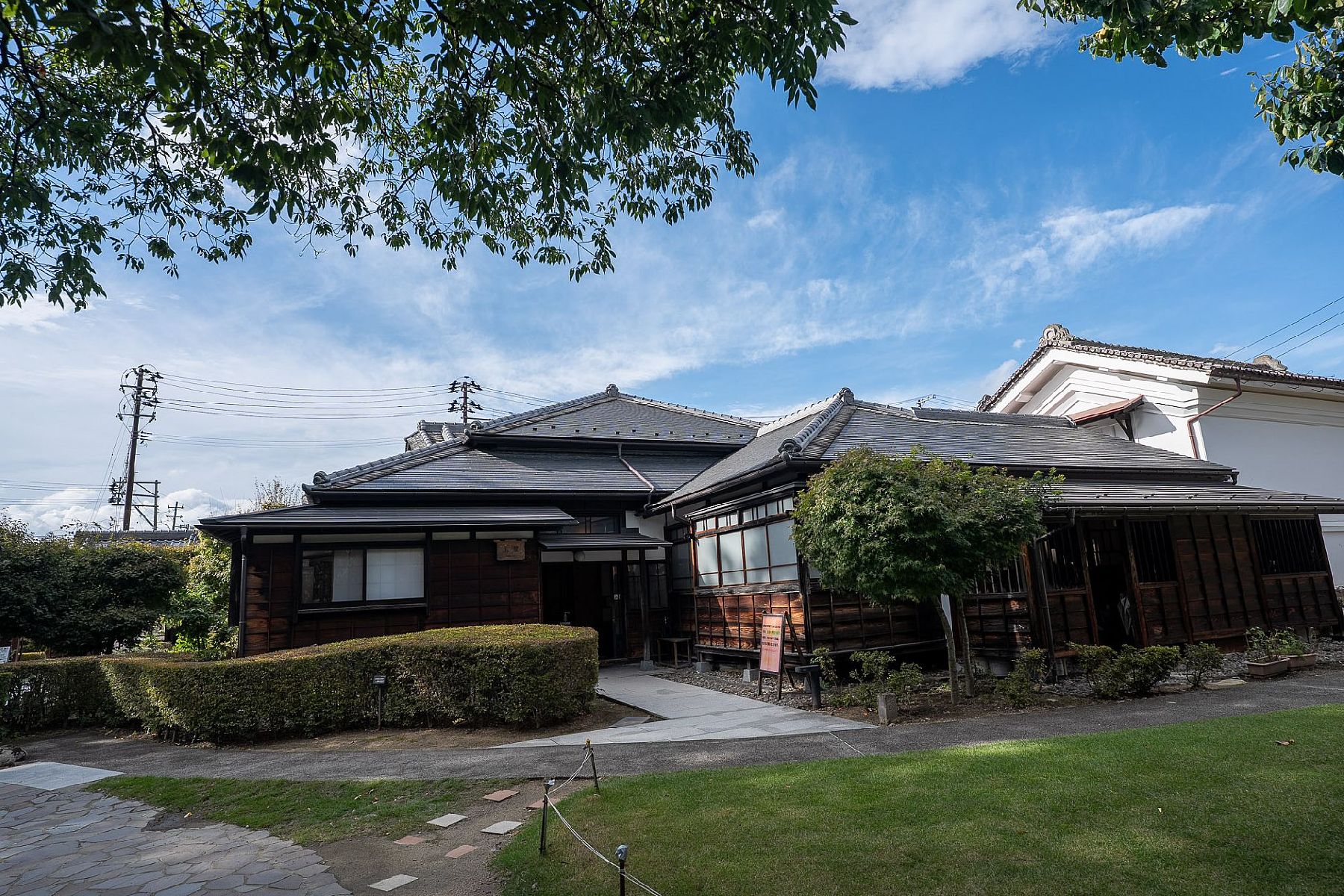Nature & Scenery
Ja no Hana Gardens
The Ja no Hana Gardens (蛇の鼻) are located in Motomiya, in the central area of Fukushima. From spring to autumn, this vast park -- six times the size of Tokyo Dome -- features a display of natural wonders like cherry blossoms, wisteria, roses, hydrangeas, water lilies, and autumn leaves. It is particularly famous for its 500-year-old wisteria tree that typically blooms in May, and its rows of over 500 maple trees that make for a stunning sight in autumn.There is also a historical residence, Ja no Hana-goten (Ja no Hana mansion), which is a registered tangible cultural property of Japan. Built in 1904, the impressive residence has intricate wooden carvings in the front entrance, and houses artworks and calligraphy works, often housing exhibitions. Visitors can enter the house and look at the artwork up close.Best season: Cherry blossoms: Early to late April Tulips: April to early May Peonies: Early to mid May Japanese wisteria: Early to late May Azaleas: Early to mid May Roses: Most varieties reach their peak around late May; from then until November, other varying kinds might be in bloom Water lilies: June to July Autumn leaves: Late October to November
